Understanding Normal Values in a Peripheral Smear Test
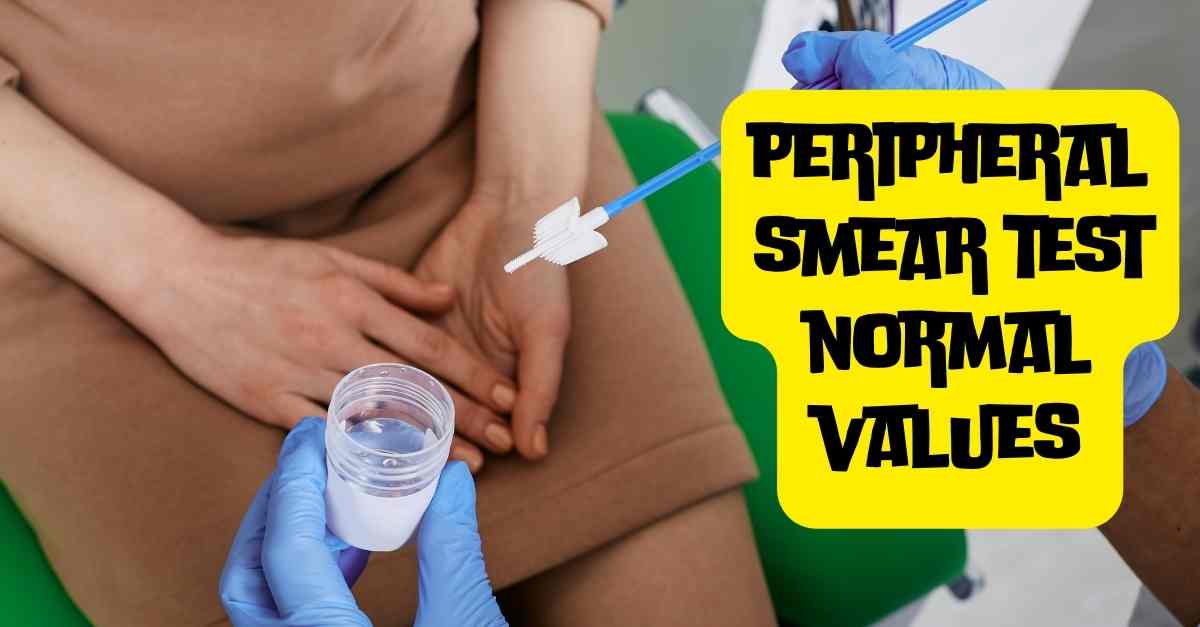
A Peripheral Smear Test is a common and important diagnostic tool used in medical practice to examine the components of blood. It involves spreading a thin layer of blood on a glass slide and staining it to view under a microscope. This test helps identify various blood disorders and infections by examining the shape, size, and number of blood cells. To interpret these results accurately, it's crucial to understand the peripheral smear test normal values.
What Are Peripheral Smear Test Normal Values?
Peripheral smear test normal values refer to the standard ranges of blood cell counts and appearances considered typical for a healthy individual. These values can vary based on age, sex, and overall health but provide a baseline for comparison when diagnosing potential abnormalities.
Red Blood Cells (RBCs)
In a healthy adult, the peripheral smear test normal values for red blood cells usually show a uniform size and shape. RBCs should appear as biconcave discs with a consistent color. Abnormalities in size, shape, or color can indicate conditions such as anemia or thalassemia.
White Blood Cells (WBCs)
The peripheral smear test normal values for white blood cells include a specific range of different types of WBCs, each playing a role in immune response. Normal values should show a balance of neutrophils, lymphocytes, monocytes, eosinophils, and basophils. Deviations from these values can signal infections, inflammation, or hematologic diseases.
Platelets
Platelets are small cell fragments essential for blood clotting. The peripheral smear test normal values for platelets should reflect an adequate number of well-formed platelets. Low platelet counts can lead to excessive bleeding, while high counts might indicate clotting disorders.
Significance of Deviations from Normal Values
Understanding peripheral smear test normal values helps healthcare providers determine if there are abnormalities that need further investigation. For example, an increased number of WBCs might suggest an infection or leukemia, while a decreased number could indicate bone marrow problems.
Factors Affecting Peripheral Smear Test Normal Values
Several factors can influence peripheral smear test normal values, including hydration levels, medications, and underlying health conditions. It's important for the results to be interpreted in the context of the patient's overall health and history.
How to Prepare for a Peripheral Smear Test
Proper preparation can ensure accurate peripheral smear test normal values. Patients are usually advised to stay hydrated and avoid certain medications before the test. This helps in getting a clearer picture of the blood components.
Interpreting the Results
Healthcare professionals use the peripheral smear test normal values as a benchmark. By comparing test results with these normal values, they can diagnose conditions like anemia, infections, or clotting disorders. It’s essential to have a clear understanding of what constitutes peripheral smear test normal values for accurate diagnosis.
Conclusion
In conclusion, the peripheral smear test is a vital diagnostic tool, and understanding peripheral smear test normal values is crucial for accurate interpretation of the results. These values serve as a baseline to identify any abnormalities in blood components, helping in the diagnosis and management of various health conditions. Always consult with a healthcare professional to understand your test results and what they mean for your health.
By being informed about peripheral smear test normal values, patients can better understand their health status and the importance of these tests in diagnosing potential issues early on.
Related Blogs
-
PSA Test (पीएसए टेस्ट) - What Is It, Cost, Symptoms, And How Does It Work?
 - What Is It, Cost, Symptoms, And How Does It Work.jpg)
-
How to Lower Thyroid Antibodies Naturally and Manage Thyroid Peroxidase Antibodies?

-
RDW (Red Cell Distribution Width) Test: Understanding It's Significance And Interpretation
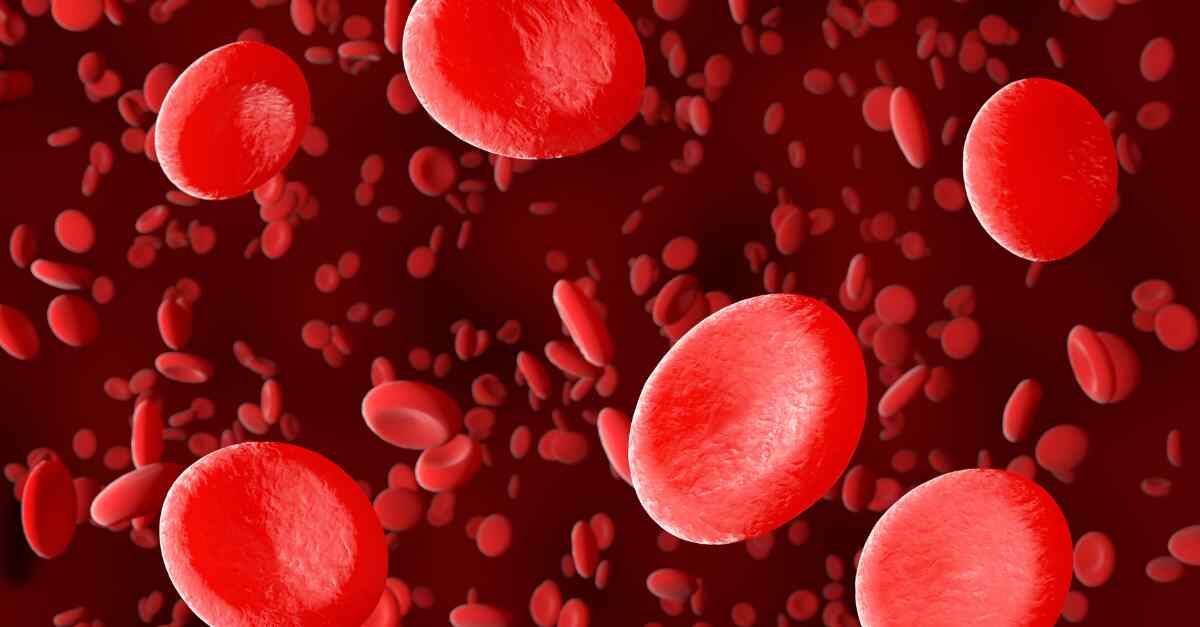
-
Marvel Path Lab - Your Trusted Partner in Comprehensive Blood Testing

-
थायराइड क्या है? थायराइड के कारण, लक्षण और प्रभावी घरेलू उपचार (Home Remedies For Thyroid in Hindi)
.jpg)
-
Discover the Ultimate Liver Detox: Top 15 Foods to Naturally Cleanse Your Liver

-
The Ultimate Guide to Understanding MCV in Blood Tests
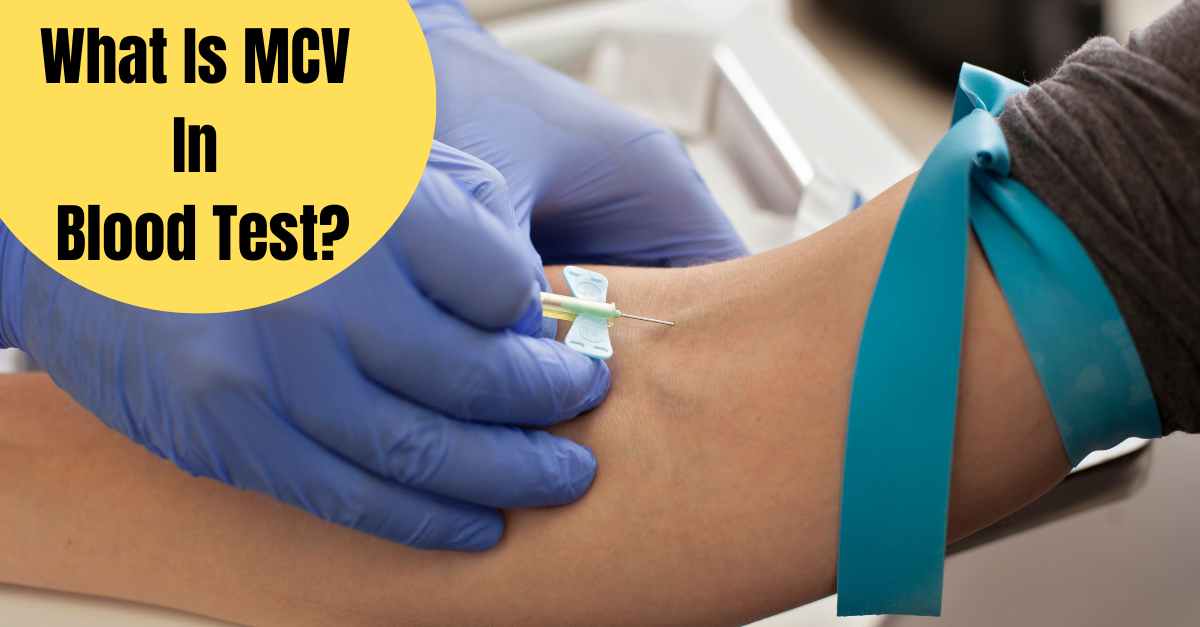
-
AMH Levels Unveiled: What is a Good AMH Level to Get Pregnant

-
Weil Felix Test - Marvel Path Lab

-
Exploring Fructosamine Testing: Marvel Path lab

-
Exploring Malaria Causes, Symptoms, And Cutting-Edge Diagnosis Techniques

-
Unlocking the Secrets of Fertility: Understanding Semen Analysis

-
Hot Weather, Cool Tips: Mastering Summer Wellness Like a Pro!

-
Homocysteine Test in Hindi:होमोसिस्टीन टेस्ट क्या है, खर्च, नॉर्मल रेंज, कैसे क्यों और कब होता है!

-
Optimizing Your Health Through Food Intolerance Testing: A Step-by-Step Guide

-
Your Allergy Questions Answered: Causes, Symptoms, and Diagnosis

-
Boost Your Heart Health: Simple Ways to Manage Homocysteine Levels Through Diet

-
Does MCV (Mean Corpuscular Volume) Fluctuate

-
Understanding the Prolactin Blood Test: Purpose, Procedure, and Interpretation

-
CA सीए 125 टेस्ट - क्यों किया जाता है, इसकी आवश्यकता क्या है, और जानें इसके बारे में
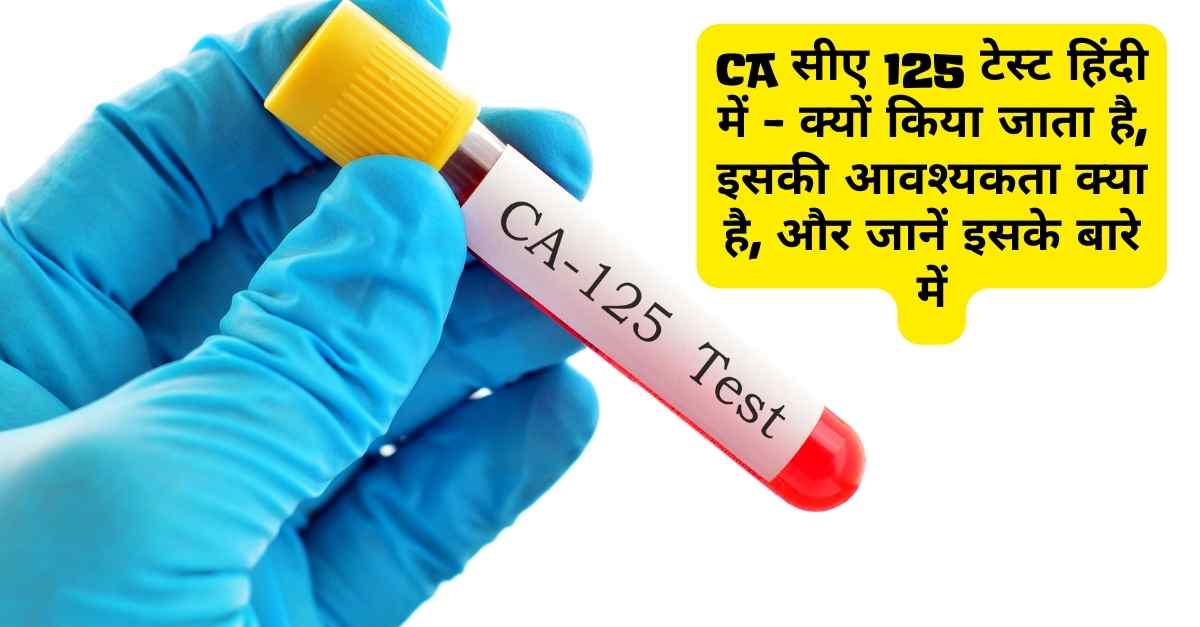
-
Understanding the Anti-Müllerian Hormone (AMH) Test: A Simple Guide
 Test.jpg)
-
The MPV Blood Test Explained: What It Reveals About Your Health

-
Understanding Pancreas Blood Tests

-
Understanding the CO2 Blood Test: A Simple Guide to Your Health

-
Albumin Blood Test

-
Everything You Need to Know About the Globulin Blood Test

-
Allergy Blood Test

-
Understanding Cardiac Blood Tests: A Guide to Heart Health
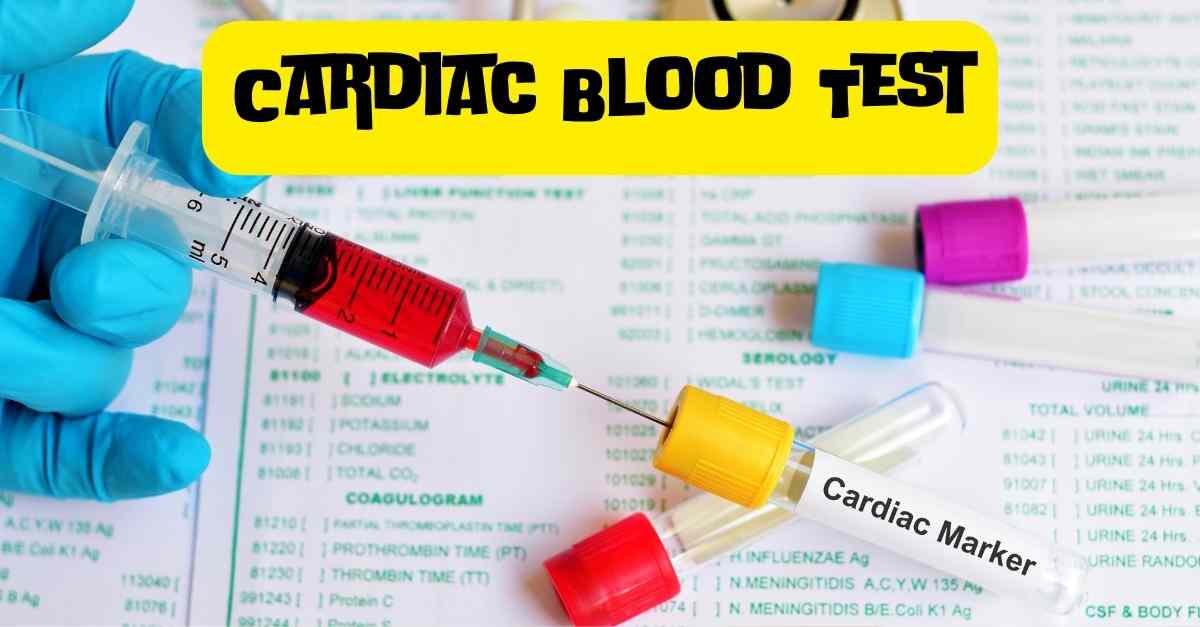
-
Decoding Your Chloride Blood Test: What You Need to Know

-
Calcium Blood Tests: A Vital Tool for Assessing Bone and Heart Health
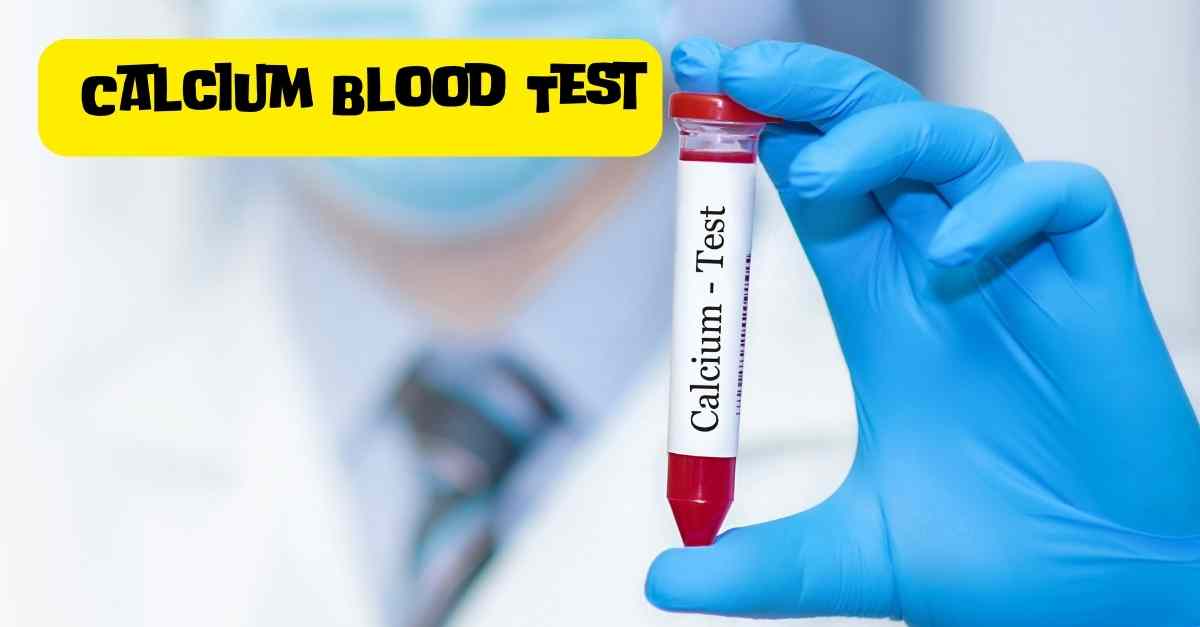
-
The Silent Indicator: Understanding the Fecal Occult Blood Test (FOBT)
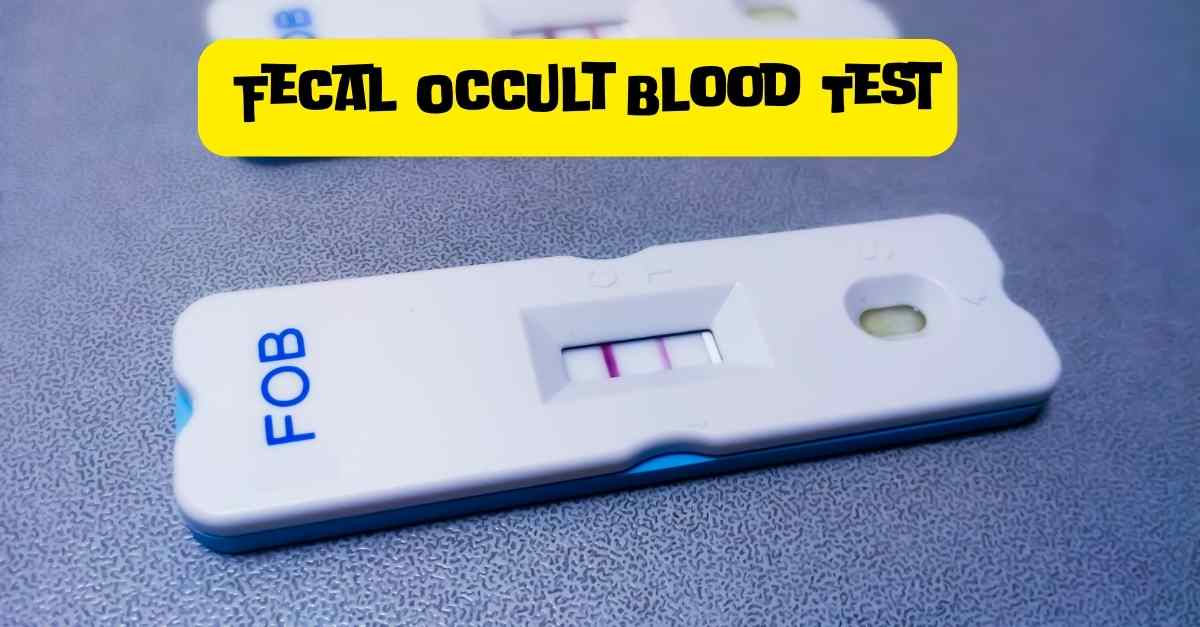
-
All About the C3 Complement Blood Test: Normal, High, and Low Ranges Explained

-
Simplifying the Anion Gap Blood Test: What You Need to Know

-
CA-125 Blood Test

-
Understanding Lung Cancer: Symptoms, Causes, and Prevention

-
Exploring the Long-Term Health Effects of Tobacco Use

-
Beating the Heat: Essential Tips for Staying Cool and Safe

-
Summer Health Tips: Stay Cool, Stay Healthy!

-
मंटौक्स परीक्षण (Mantoux test) के लिए व्यापक गाइड: प्रक्रिया, व्याख्या और महत्व

-
The Comprehensive Guide to ALT Blood Test
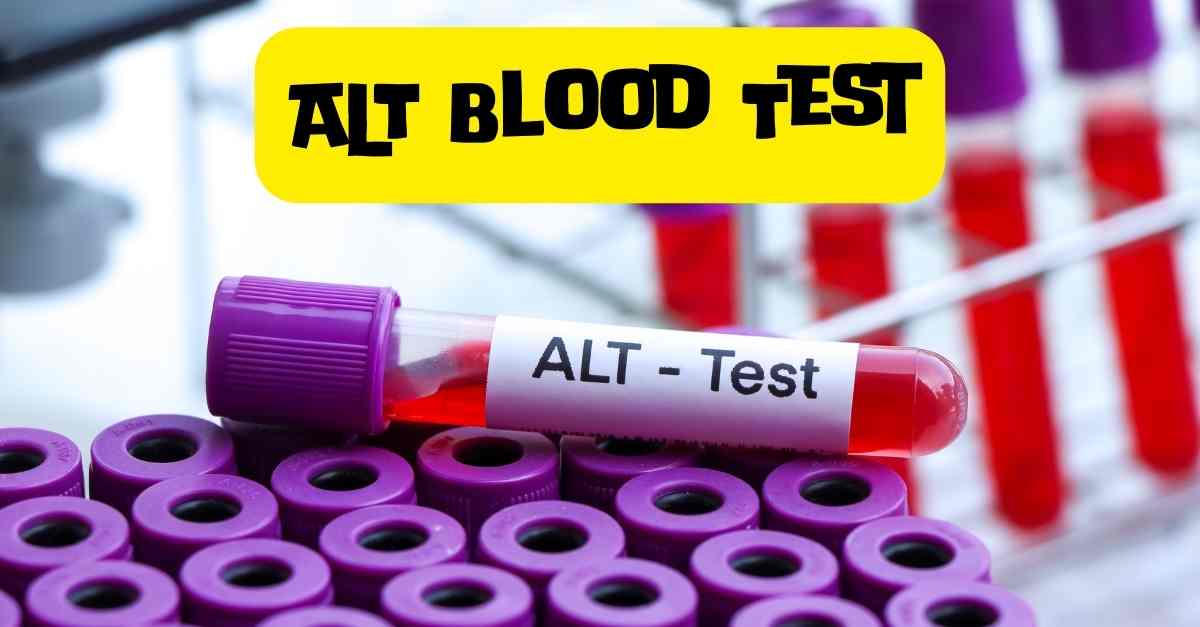
-
AST Blood Test: Your Guide to Liver Health Assessment
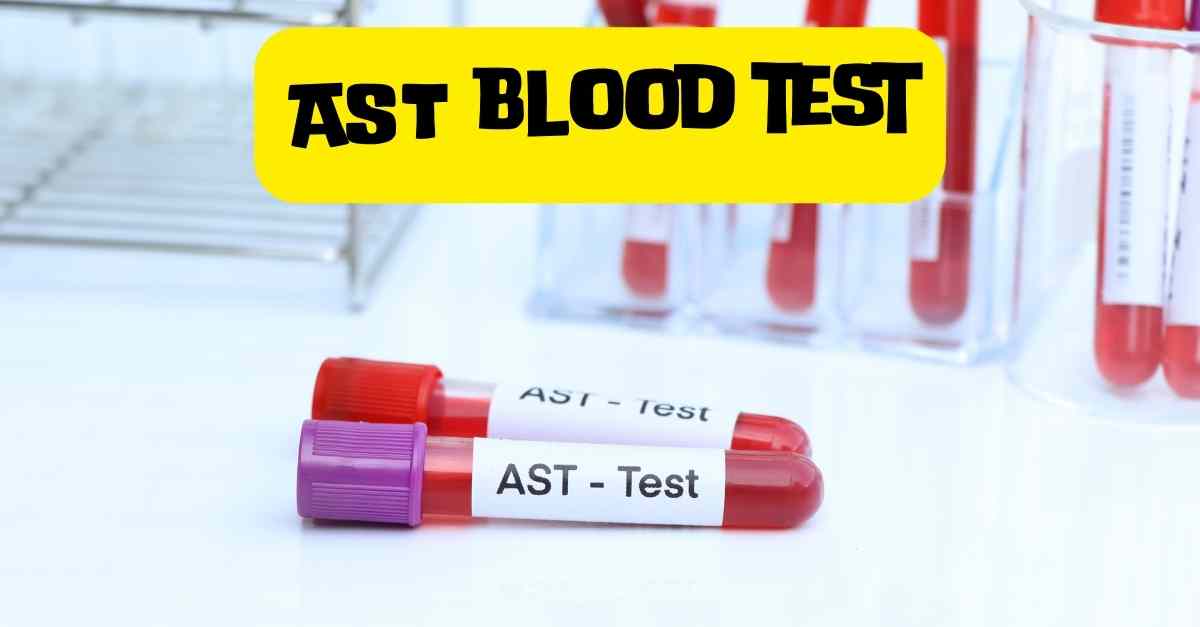
-
SGPT Blood Test
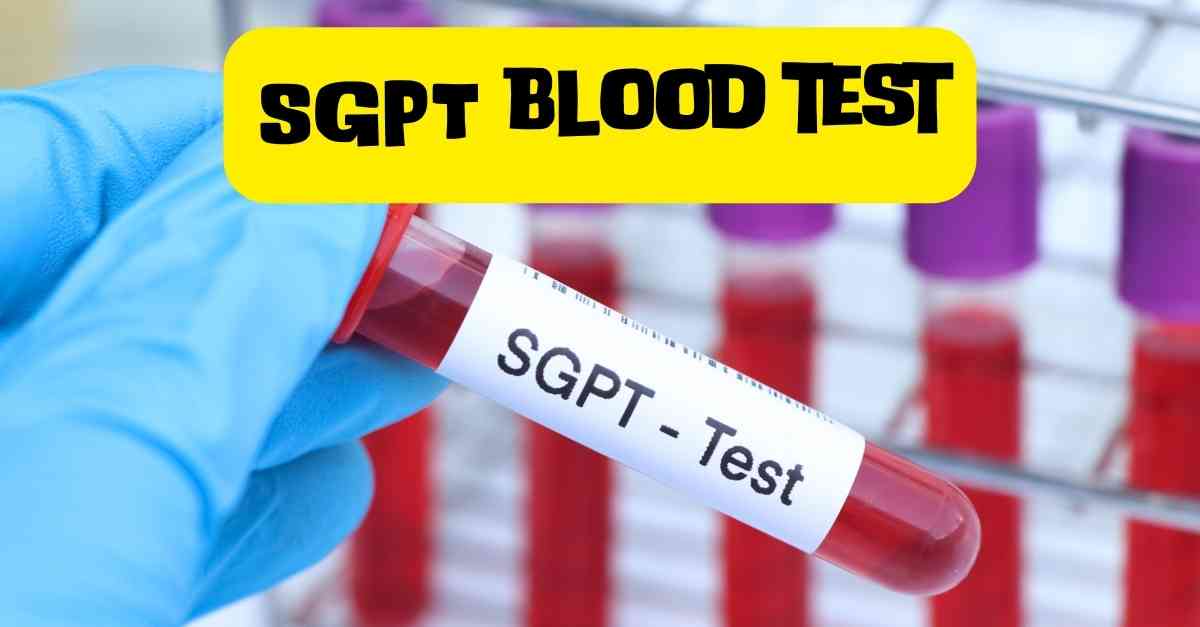
-
Serum Bilirubin Test in Hindi -सीरम बिलीरुबिन टेस्ट की पूरी जानकारी

-
Everything You Need to Know About the MCH Blood Test
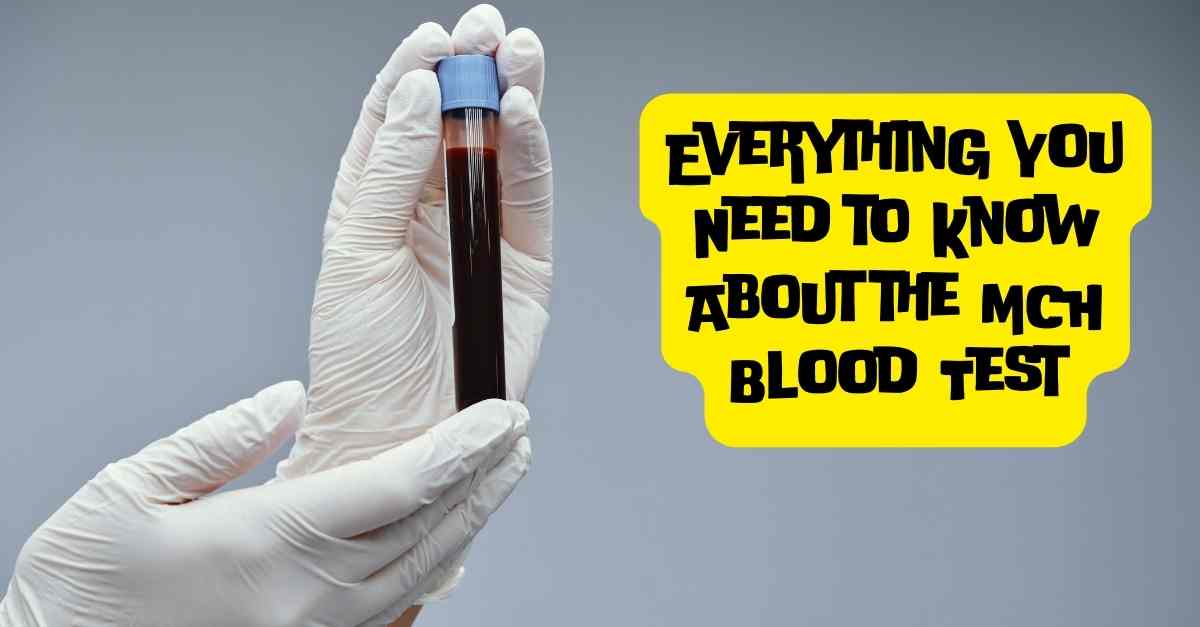
-
Best Home Remedies to Naturally Detox Liver

-
Unveiling the Side Effects of Excessive Vitamin B12 Intake

-
Best Foods for Kidney Detox Naturally Boost Your Renal Health

-
LKM Antibody Test: A Comprehensive Guide

-
लीवर फंक्शन टेस्ट: समझें, क्या होता है और कैसे काम करता है

-
Amylase Blood Tests
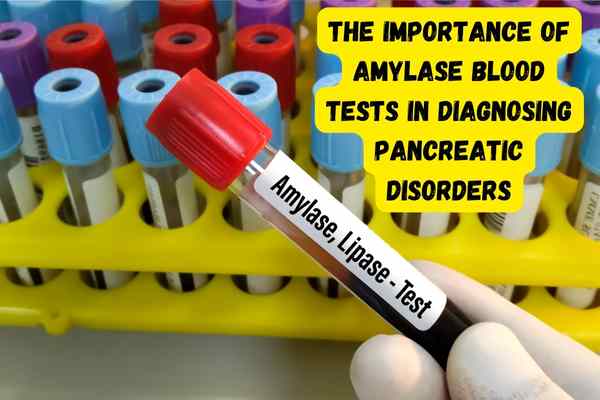
-
Vanillylmandelic Acid-VMA Urine Tests
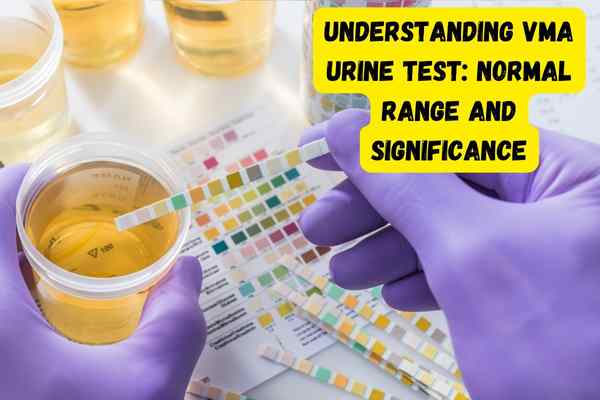
-
Everything You Need to Know About the CRP Test
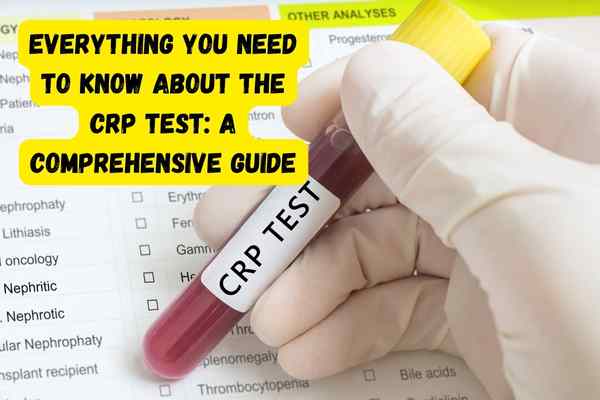
-
Simple Strategies for a Healthy Liver: Your Ultimate Guide

-
Ferritin Test in Hindi (सीरम फेरिटिन टेस्ट)
.jpg)
-
Karyotyping Test Explained in Hindi: कैरियोटाइपिंग टेस्ट

-
All About PRL Blood Test and Its Impact on Prolactin Levels
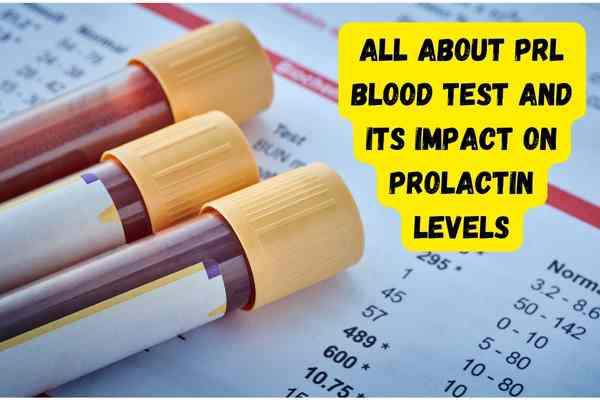
-
Acid-Fast Bacillus (AFB) Tests Demystified
 Tests Demystified.jpg)
-
Acetaminophen Level Tests

-
Empowering Awareness: Your Guide to ADHD Screening

-
Adrenocorticotropic Hormone (ACTH) Test
 Test.jpg)
-
Are You Drinking Too Much The Essential Guide to Alcohol Use Screening Tests

-
Breaking: New Study Reveals Surprising Link Between Aldosterone Levels and Heart Health

-
High or Low What Your Alkaline Phosphatase Levels Mean for You

-
Attention: Must-Know Facts About Allergy Blood Testing

-
Allergy Skin Tests

-
The Role of the ANA Test in Diagnosing and Treating Autoimmune Conditions

-
The Acid Phosphatase Test: What You Need to Know About Sample Types and Report Timing

-
Albumin Fluid Test: Significance, Sample Types, and Report Timeline

-
Ammonia Blood Test: Sample Type, Report Generation Time, and Diagnostic Importance

-
Angiotensin Converting Enzyme (ACE): Its Role, Sample Types, and Report Generation Time
 Its Role, Sample Types, and Report Generation Time.jpg)
-
Bile Acid Total Blood Test: Sample Type and Report Generation Time Explained

-
Blood Urea Nitrogen (BUN) Levels Explained: Fast, Accurate Testing with Blood Samples at Marvel Path Lab
 Levels Explained Fast, Accurate Testing with Blood Samples at Marvel Path Lab.jpg)
-
Amniocentesis Fluid Test : the Procedure, Sample Type, and Report Results

-
The Hidden Dangers of Bird Flu: What You Need to Know About Avian Influenza

-
Zika Virus : ज़ीका वायरस के कारण , लक्षण और बचने के उपाय

-
तेजी से फ़ैल रहा है West Nile Virus जाने यह बीमारी क्या है और इससे कैसे करे अपना बचाव
 48 मामलो की हुई पुष्टि.jpg)





